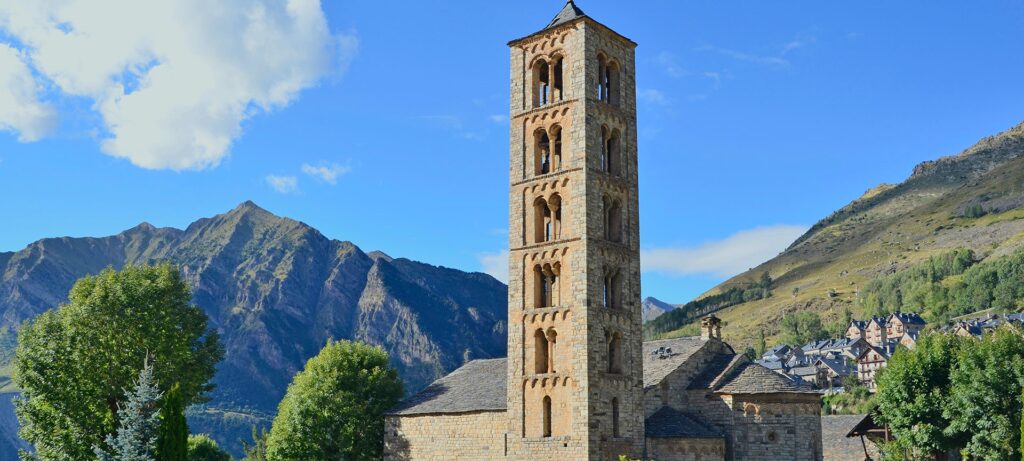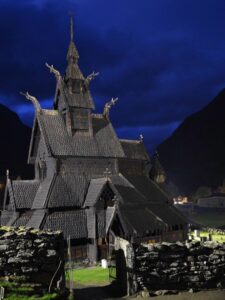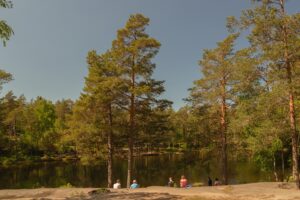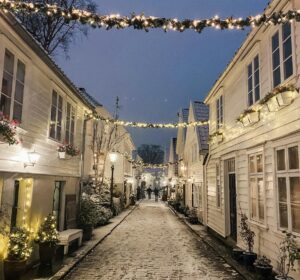Vall de Boí in Lleida: Romanesque Churches in a Mountain Setting
Nestled in the heart of the Pyrenees, the Vall de Boí is a picturesque valley in the province of Lleida, Catalonia, Spain. Known for its stunning natural beauty and rich cultural heritage, this area is a must-visit for anyone interested in history, architecture, and breathtaking landscapes. The Vall de Boí is particularly famous for its collection of Romanesque churches, which have been recognized as a UNESCO World Heritage Site. These churches, set against the backdrop of the majestic Pyrenees, offer a unique glimpse into medieval art and architecture.
What to See
The Vall de Boí is home to nine Romanesque churches, each with its own unique charm and historical significance. Among them, the Church of Sant Climent de Taüll is perhaps the most famous, known for its stunning frescoes and iconic bell tower. The Church of Santa Maria de Taüll, located nearby, is also worth a visit for its beautiful architecture and serene atmosphere.
Other notable churches include Sant Joan de Boí, with its intricate stone carvings, and Santa Eulàlia d’Erill la Vall, which boasts a striking bell tower and a collection of wooden sculptures. Each church offers a unique insight into the Romanesque style, characterized by its rounded arches, sturdy pillars, and detailed frescoes.
In addition to the churches, the valley itself is a sight to behold. Surrounded by towering mountains and lush greenery, the area is perfect for hiking, photography, and simply soaking in the natural beauty. The Aigüestortes i Estany de Sant Maurici National Park, located nearby, offers numerous trails and outdoor activities for nature enthusiasts.
A Bit of History and Interesting Facts
The Romanesque churches of the Vall de Boí were built between the 11th and 12th centuries, during a time when the region was experiencing a period of prosperity and cultural exchange. The churches were constructed using local materials and techniques, resulting in a unique architectural style that reflects the influences of both the Roman and Lombard traditions.
One interesting fact about these churches is that many of them were originally decorated with vibrant frescoes, which have been carefully preserved and restored over the years. The frescoes depict various religious scenes and figures, offering a fascinating glimpse into the beliefs and artistic styles of the time.
In 2000, the churches of the Vall de Boí were designated as a UNESCO World Heritage Site, in recognition of their outstanding cultural and historical value. This designation has helped to preserve the churches and promote the region as a tourist destination.
How to Get There and Tips for First-Time Visitors
The Vall de Boí is accessible by car, with the nearest major city being Lleida, located about 150 kilometers away. From Lleida, you can take the N-230 road towards the valley, which offers stunning views of the surrounding mountains. Alternatively, you can take a bus from Lleida to the town of El Pont de Suert, which is the gateway to the Vall de Boí.
For those visiting for the first time, it’s important to note that the valley is a rural area, so amenities may be limited. It’s a good idea to plan your visit in advance, especially if you want to explore the churches and the national park. Comfortable walking shoes are a must, as many of the sites are best explored on foot.
The best time to visit the Vall de Boí is during the spring or summer months, when the weather is mild and the landscape is lush and green. However, the valley is also beautiful in the winter, when the mountains are covered in snow, offering a different kind of charm.
Whether you’re a history buff, an architecture enthusiast, or simply someone who appreciates natural beauty, the Vall de Boí offers a unique and unforgettable experience. With its rich history, stunning landscapes, and remarkable Romanesque churches, this hidden gem in the Pyrenees is well worth a visit.








